How To Start Becoming A Logo Designer With A Low Budget

Embarking on a career as a logo designer doesn't have to strain your finances. With the right resources and a strategic approach, you can cultivate your design skills and launch your career even on a limited budget. The key lies in leveraging free educational resources, affordable tools, and community support to build a foundation in logo design without incurring significant expenses. This approach not only minimizes your initial investment but also allows you to gradually enhance your skills through practical experience and self-driven learning.
By focusing on resourcefulness and persistence, aspiring logo designers can navigate the early stages of their careers, creating compelling and professional logos that pave the way for future success. Whether you are transitioning from another career or starting fresh, this guide offers practical steps to become proficient in logo design while managing your budget effectively.
Educate Yourself Through Free Online Resources
Aspiring logo designers on a budget have a wealth of educational resources at their fingertips, all available for free. Start by exploring popular platforms like Coursera and Khan Academy, which offer courses in graphic design fundamentals and software tutorials at no cost. Additionally, YouTube is a goldmine for free tutorials, with experienced designers regularly sharing their skills and tips. These resources provide comprehensive lessons on everything from basic design principles to advanced techniques, making them ideal for beginners and seasoned professionals alike looking to polish their skills.
Podcasts and webinars also offer valuable insights into the design industry, often featuring interviews with leading designers who share their experiences and advice. By regularly engaging with these resources, you can stay updated on the latest trends and techniques in logo design, all without spending a dime. This self-paced and flexible learning approach ensures that even those with limited resources can access high-quality education, empowering them to kickstart their careers as logo designers effectively and affordably.
Utilize Free Design Software
For logo designers operating on a low budget, investing in high-cost graphic design software might not be feasible. Fortunately, there are several free software options available that are both powerful and user-friendly. GIMP and Inkscape are two open-source programs that offer robust tools for creating professional-quality logos. These platforms support various file formats and provide a range of features comparable to those found in expensive software suites.
Canva, another popular tool, offers a drag-and-drop interface that makes it easy to design logos even for those with minimal graphic design experience. It includes templates, fonts, and design elements that can be customized to create unique logos. For more specialized tasks, Vectr provides real-time collaboration features, allowing designers to work together remotely without incurring additional costs.
By utilizing these free software options, logo designers can produce work that stands up to that created with premium tools. These platforms not only help save money but also encourage continuous learning and experimentation with different styles and techniques, essential for developing a distinctive design voice.
Practice with Daily Design Challenges
For aspiring logo designers on a budget, daily design challenges offer a practical and cost-effective way to hone skills and build a portfolio. Websites like LogoCore, Daily Logo Challenge, and Instagram provide prompts that inspire creativity and test your design capabilities. These challenges encourage designers to produce work regularly, which is essential for skill enhancement and innovation in logo design.
Participating in these challenges not only improves your technical skills but also helps in understanding client briefs and meeting deadlines—key aspects of the design profession. It allows you to experiment with different styles and techniques, increasing your adaptability and problem-solving skills. Moreover, these exercises provide a wealth of work that can be showcased to potential clients and employers, demonstrating your dedication and range as a designer.
Engaging with the design community through these challenges can also lead to feedback and critiques, invaluable for personal growth and improvement. This practice is especially beneficial for logo designers looking to make a mark without significant financial investments, as it requires only time and creativity.

Use Open-Source Fonts and Graphics
Logo designers working with a limited budget can significantly benefit from open-source fonts and graphics, which provide high-quality resources at no cost. Websites like Font Squirrel offer an extensive collection of free, commercial-use fonts, while platforms like FreePik and Unsplash provide access to a vast range of free graphics and images that can be incorporated into logo designs.
Using open-source materials ensures that designers can produce diverse and appealing logos without the overhead of costly licenses or subscriptions. It's crucial, however, to check the licensing agreements associated with these resources to avoid any legal issues. Most open-source platforms clearly label their content with the type of license it carries, ensuring designers use the assets within legal boundaries.
Incorporating these resources into your design workflow can not only cut down costs but also inspire creativity. Many open-source fonts and graphics are created by talented designers and are unique enough to help your work stand out in a crowded market. This approach not only supports your growth as a designer by allowing you to experiment with various styles and components but also enhances your ability to deliver professional-grade designs to clients or for personal projects, all while maintaining a low budget.
Join Online Design Communities
Engaging with online design communities is a crucial step for budding logo designers working on a low budget. Platforms like Reddit, LinkedIn, and Behance not only provide a space to share your work and receive feedback but also offer opportunities to learn from experienced designers and stay updated on industry trends. These communities are invaluable for networking, sharing resources, and finding mentorship opportunities, which can accelerate your learning curve and open up freelance opportunities.
Participating in discussions, asking questions, and contributing your own insights can help you build a reputation within these communities. Many designers are willing to share their expertise and experiences, which can provide you with practical advice and tips to improve your work. Additionally, online forums and social media groups specific to graphic design can offer support as you tackle new projects or face creative blocks.
Joining these communities requires no financial investment but can yield significant benefits in terms of learning and career growth. It's an effective way to build professional relationships and potentially collaborate on projects that can add to your portfolio.
Build a Portfolio on Free Platforms
For logo designers on a tight budget, showcasing your work on free portfolio platforms like Behance or Dribbble is an essential step in building your professional presence. These platforms offer a user-friendly interface where designers can upload their projects and get exposure to potential clients and recruiters. By creating a comprehensive and well-organized portfolio, you demonstrate your skills and style to a broad audience without the need for expensive web hosting or domain fees.
A strong online portfolio should include a variety of projects that showcase your versatility and ability to meet different client needs. Include detailed descriptions of each project, the design process, and the outcomes, which can help viewers understand your approach to logo design. Regularly updating your portfolio with new work and engaging with other users by commenting on their projects and responding to comments on yours can also enhance your visibility and engagement.
These free platforms often feature community challenges and competitions, providing additional opportunities to showcase your skills and gain recognition. The feedback you receive can guide improvements and new ideas, helping you refine your craft. By effectively utilizing these platforms, you can create a compelling online presence that attracts clients and positions you as a skilled logo designer, all without significant financial investment.
Offer Your Services Voluntarily or at Low Cost
One effective strategy for emerging logo designers on a budget is to offer services voluntarily or at a low cost to local businesses, startups, and nonprofits. This approach not only helps build your portfolio but also establishes your reputation within the community. By taking on projects that allow for creative freedom, you can demonstrate your capability and versatility in logo design.
Volunteering your design skills can lead to valuable professional relationships and potential paying gigs through referrals and word-of-mouth. It also provides real-world experience in dealing with client feedback and revisions, essential skills for any successful designer. When offering services at a low cost, ensure clear communication about the scope of work to maintain professional boundaries and avoid scope creep.
This method serves as a practical, low-risk entry point into the competitive world of design. It allows you to practice your skills in a variety of contexts, which can significantly enhance your understanding and application of design principles. Moreover, the goodwill generated by volunteering can often translate into future opportunities, making it a worthwhile investment of your time and resources.

Attend Free Webinars and Workshops
Attending free webinars and workshops is a cost-effective way to continue your education and networking as a logo designer. Many industry leaders and educational platforms offer free sessions that focus on specific skills, new software, or emerging trends in design. These events are valuable for learning advanced techniques and strategies that can enhance your designs and efficiency.
Webinars provide access to expert knowledge and a deeper understanding of the design process, often featuring live demonstrations and Q&A sessions where you can get direct feedback on common challenges. Participating in workshops, on the other hand, allows for hands-on experience and interaction with other designers, which can foster collaboration and innovation.
Keep an eye on announcements from professional design organizations, software companies, and design schools, as they frequently host events that are free or have a minimal cost for participants. Registering for these can provide ongoing learning opportunities without impacting your budget.
By actively engaging in these educational opportunities, you ensure that your design skills remain up-to-date and relevant, making you a more competitive candidate for projects and positions in the field of logo design.
Utilize Social Media for Marketing
Social media platforms offer a powerful and budget-friendly avenue for logo designers to market their services. Sites like Instagram, Pinterest, and LinkedIn allow designers to showcase their portfolios, reach a broader audience, and connect with potential clients. Creating a professional social media profile dedicated to your logo design work can significantly increase your visibility and attract business without the need for expensive marketing campaigns.
Posting regularly with relevant hashtags can help your work get discovered by those interested in logo design services. Engage with your followers by responding to comments and messages, and by participating in community discussions. This interaction not only builds your network but also establishes your presence as an active and approachable designer.
Additionally, you can use social media to share your design process, successes, and even challenges, which can humanize your brand and create a personal connection with potential clients. Sharing customer testimonials and completed projects can also build trust and demonstrate your expertise and success in the field.
Use Free Templates to Start
For budding logo designers on a tight budget, starting with free design templates can be a practical initial step. Websites like Canva and Adobe Spark offer a variety of templates that can be customized to create unique logos. These resources are particularly useful for those who are still learning design software and principles, as they provide a basic structure that can be adjusted and experimented with.
Using templates can save time and resources while helping you understand the elements of effective logo design, such as typography, color schemes, and layout balance. It also allows you to produce professional-looking results as you continue to develop your skills and style.
However, while templates provide a good starting point, they should be used judiciously. Customize them sufficiently to ensure that the logos you create are distinct and tailored to each client’s needs and brand identity. Over time, as your skills and confidence grow, you can transition from using templates to creating entirely original designs that fully express your creative vision.
This approach not only helps maintain a low overhead but also supports continuous learning and improvement, which are critical for long-term success in the competitive field of logo design.
Conclusion
Becoming a skilled logo designer on a low budget is entirely feasible with the right strategies and resources. By leveraging free online learning tools, engaging in daily design challenges, and utilizing open-source software and fonts, aspiring designers can develop their skills without significant financial investment. Additionally, building a strong online presence through social media and free portfolio sites can enhance visibility and attract potential clients. By embracing these cost-effective methods, anyone can embark on a rewarding career in logo design, proving that creativity and determination can overcome budget constraints in this dynamic industry.
Let Us Know What You Think!
Every information you read here are written and curated by Kreafolk's team, carefully pieced together with our creative community in mind. Did you enjoy our contents? Leave a comment below and share your thoughts. Cheers to more creative articles and inspirations!

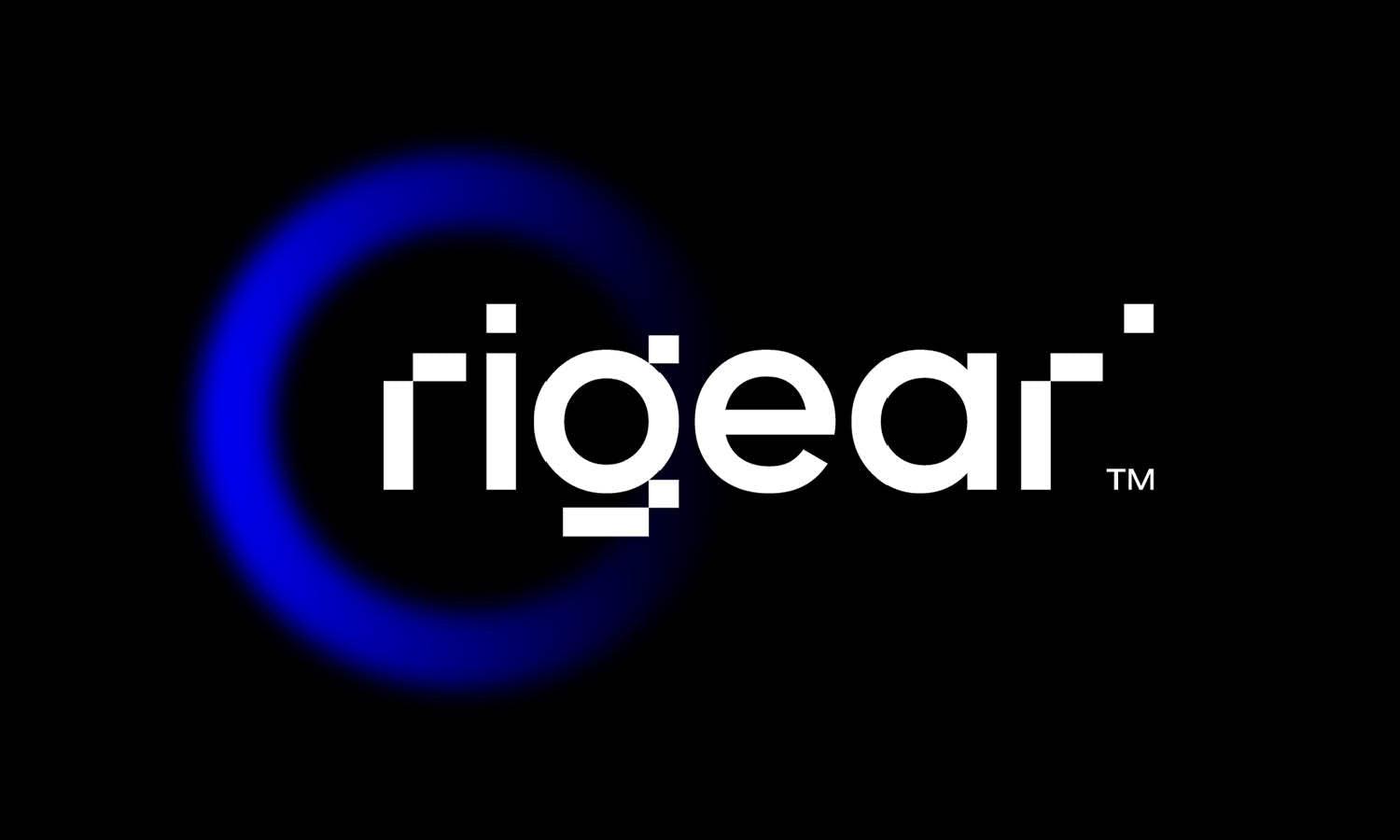
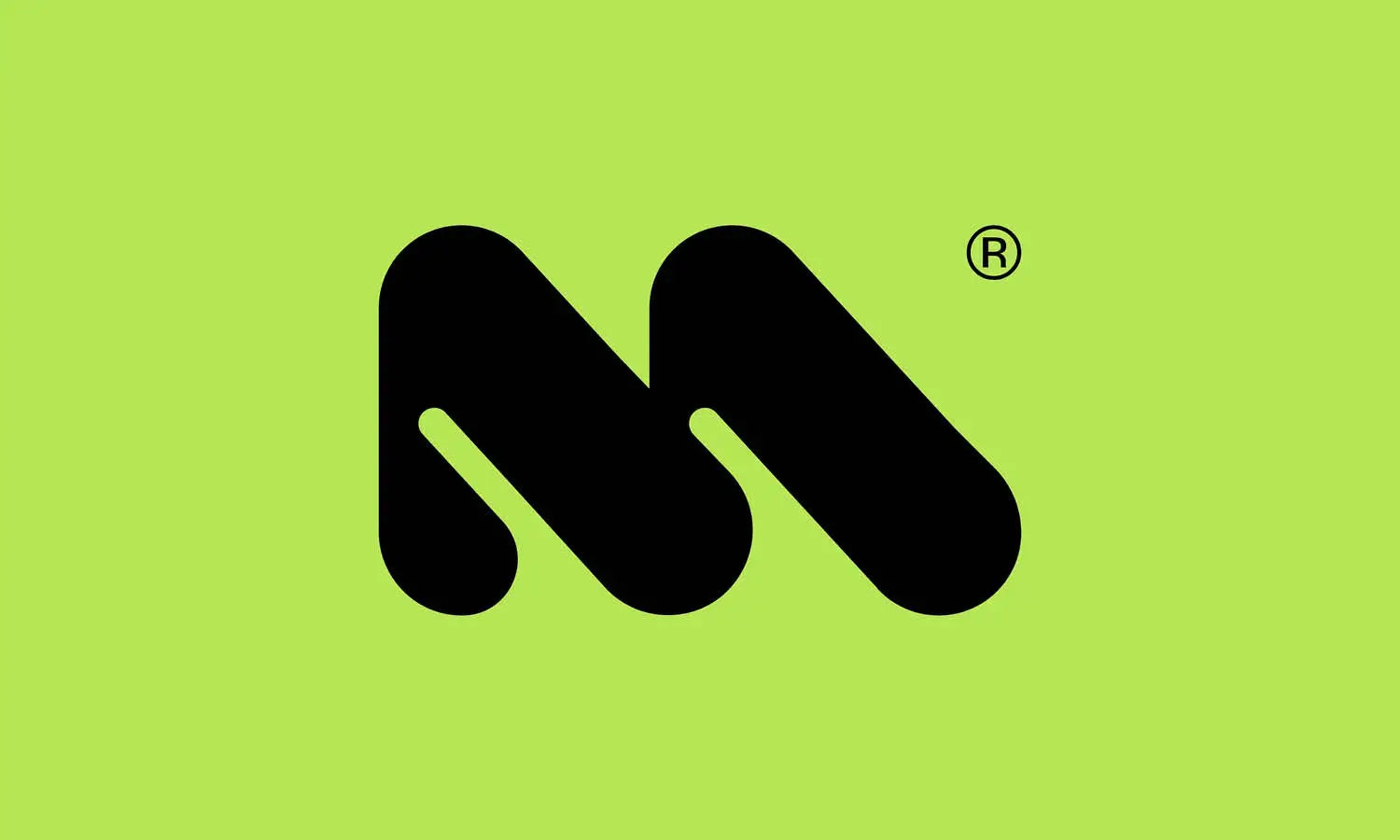

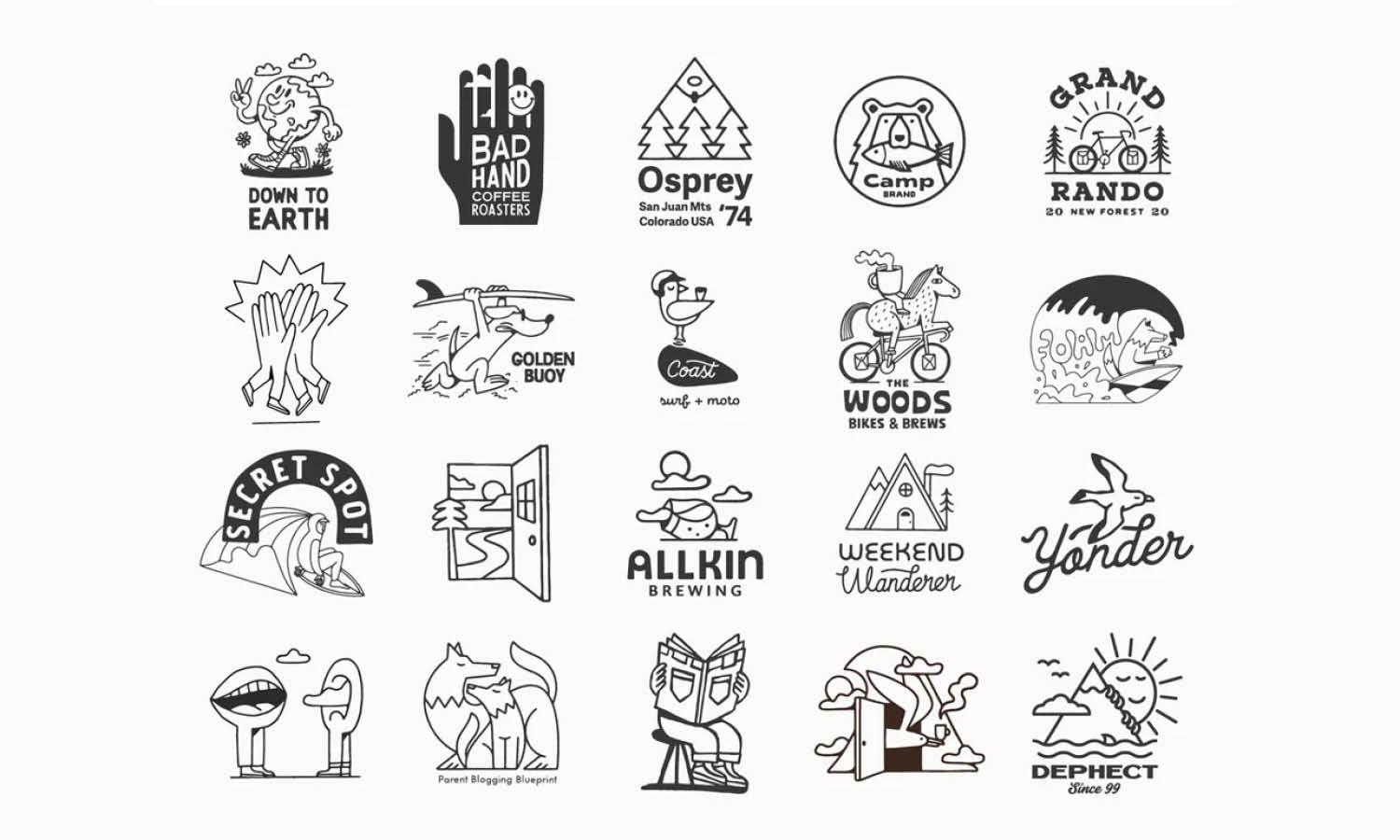
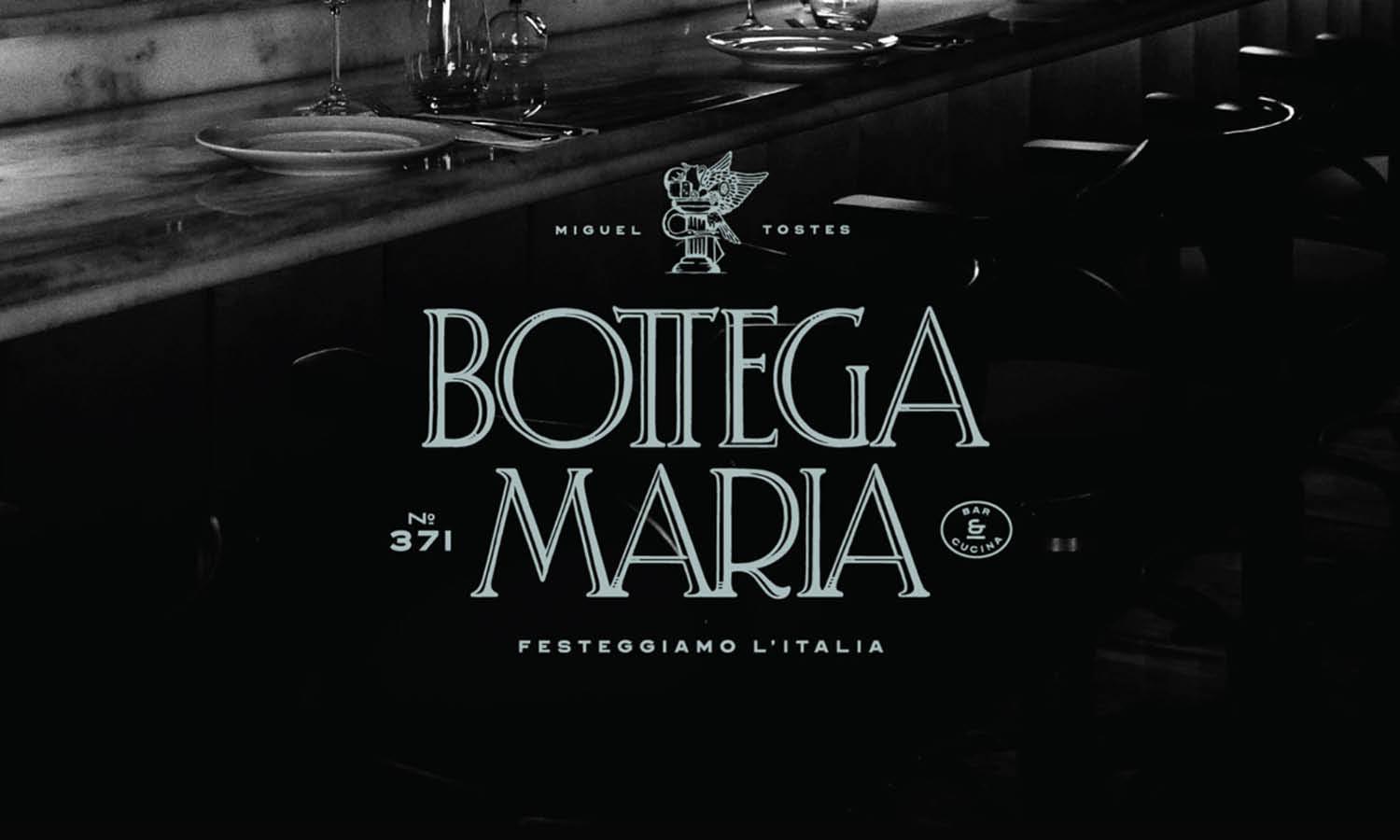
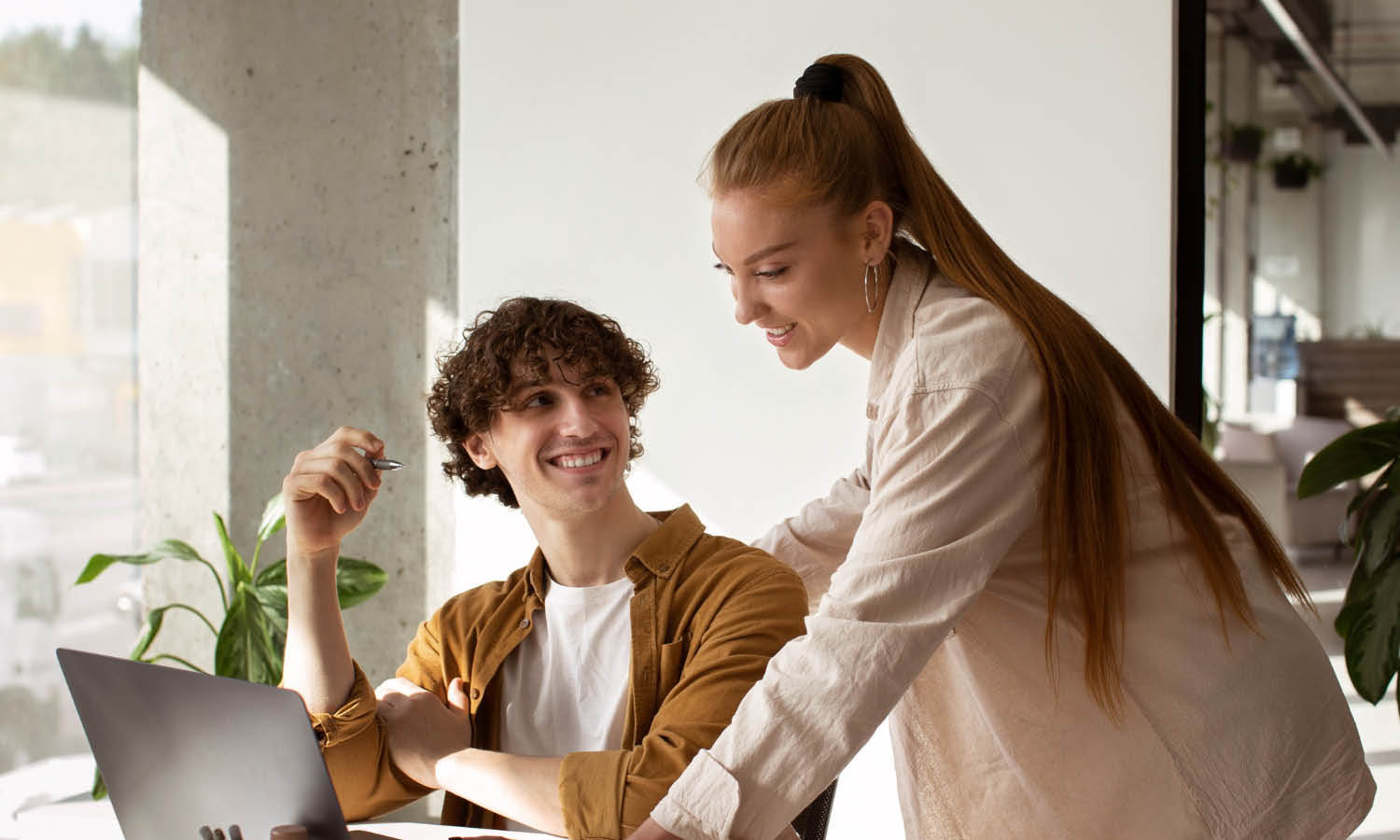









Leave a Comment